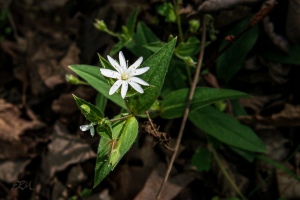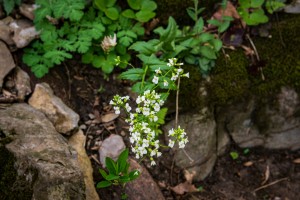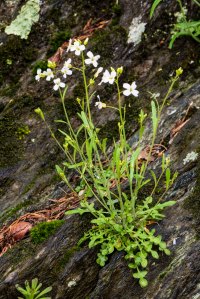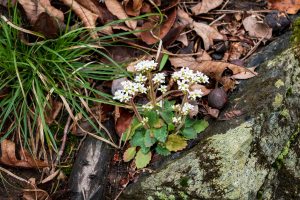Here are a few of the showier, prettier, and more interesting wildflowers I saw in the Faroe Islands. Many of these have a worldwide distribution pattern known as arctic-alpine, which means exactly what you would expect: they are found at high latitudes, and at high elevation at lower latitudes.
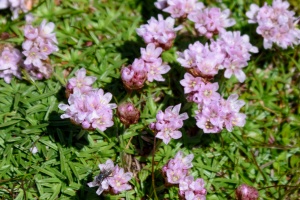 Armeria maritima (sea thrift, Plumbaginaceae)
Armeria maritima (sea thrift, Plumbaginaceae)
a circumpolar species that likes poor, salty soils; thrives on rocky coasts
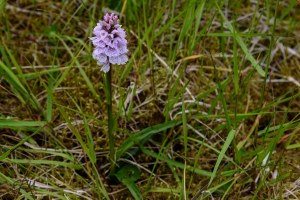
Dactylorhiza maculata (heath spotted orchid, Orchidaceae)
common in mountainous areas in Europe; can vary greatly in color from dark pink-purple to almost white

Dactylorhiza purpurella (northern marsh orchid; Orchidaceae)
these two Dactylorhiza species are difficult to distinguish and it’s quite possible that I’ve mis-identified them; also Dactylorhiza is one of those “problem” genera; found in the UK and Scandanavia
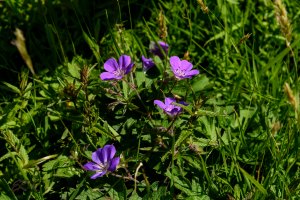
Geranium sylvaticum (wood cranesbill; Geraniaceae)
found in temperate regions throughout Europe; introduced in Quebec and Greenland

Pinguicula vulgaris (butterwort; Lentibulariaceae)
found in boggy areas in the upper Mid-West, New England, Canada, and northern Europe; the plant’s leaves produce both a sticky substance and enzymes which together trap and digest insects
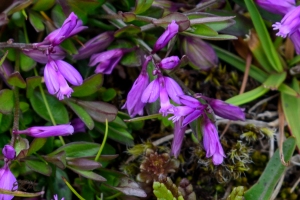
Polygala serpyllifolia (heath milkwort; Polygalaceae)
I can’t find much on where this species is found, other than the British Isles (and of course the Faroes)
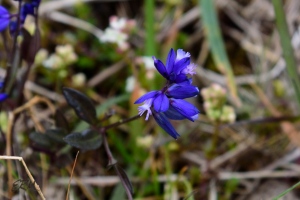
Polygala vulgaris (common milkwort; Polygalaceae) this species has a widespread distribution in Europe and Asia; it’s introduced in Michigan and Oregon

Salix herbacea (dwarf willow, snowbed willow; Salicaceae)
a subshrub growing to only 2 inches tall, with arctic-alpine distribution in North America and Europe
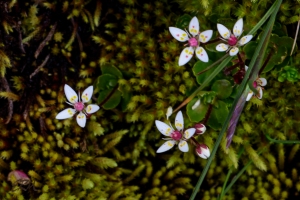
Micranthes stellaris (formerly Saxifraga stellaris; starry saxifrage; Saxifragaceae)
this little charmer is found in arctic-alpine areas of Europe, and in Quebec, Labrador and Greenland in North America
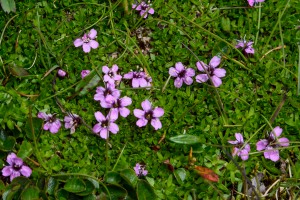
Silene acaulis (moss campion; Caryophyllaceae)
arctic-alpine distribution, including the Rocky Mountains in the United States
 [right and below]
[right and below]




